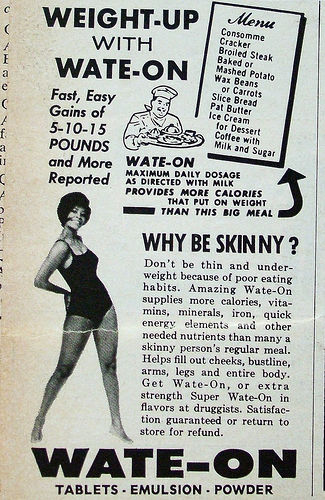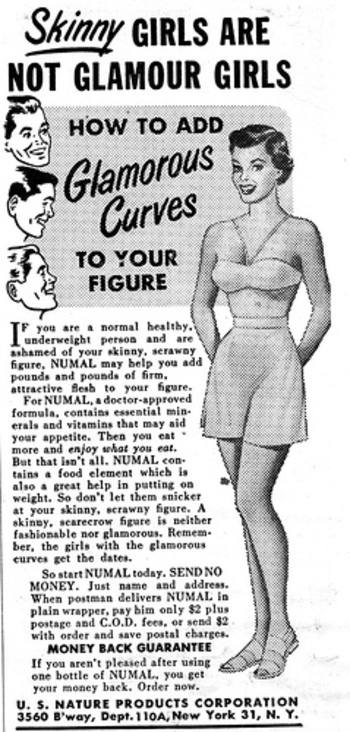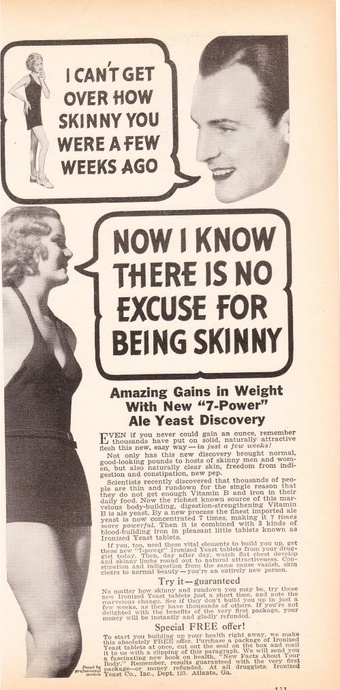 Over at Feministing, Maya Dusenbery made a great observation about the conservative response to Beyoncé’s Super Bowl halftime show. Conservatives widely criticized her for sexually objectifying herself. She made her “sex appeal the main attraction,” said one commentator, who said that Beyoncé “humping the stage and flashing her lady bits to the camera” made her “sad.” Another said that her performance was “tasteless and unedifying.”
Over at Feministing, Maya Dusenbery made a great observation about the conservative response to Beyoncé’s Super Bowl halftime show. Conservatives widely criticized her for sexually objectifying herself. She made her “sex appeal the main attraction,” said one commentator, who said that Beyoncé “humping the stage and flashing her lady bits to the camera” made her “sad.” Another said that her performance was “tasteless and unedifying.”
Dusenbery notes that the definition of sexual objectification is the reduction of a person to their sex appeal only. And, ironically, this is what the conservative commentators did to Beyoncé, not something she did to herself. Sexual objectification is not found in a person’s clothing choices or dance moves; instead:
[Objectification is] watching Beyoncé’s show — where she demonstrated enormous professional skill by singing live, with an awesome all-women band I might add, while dancing her ass off in front of millions of people — and not being able to see anything besides her sexy outfit.
Indeed, these conservative commentators are arguing that Beyoncé’s talent can only be fully be appreciated in the absence of sex appeal (whatever that might look like). And that is the problem. Dusenbery continues:
These commentators reflect a “culture in which too many people seem to find it difficult to understand that it is possible to simultaneously find a woman sexually attractive and treat her like a full human being deserving of basic respect.”
Right on. To me, Beyoncé’s performance — along with those of her band mates and fellow dancers and singers — embodied strength and confidence; the pleasure of being comfortable in one’s own skin and the ability to use your body to tell a story; and the power that comes from being admired for the talents you’ve worked so hard to cultivate. I don’t see how you could watch this and only see a sexual object:
Via Racialicious.
Lisa Wade, PhD is an Associate Professor at Tulane University. She is the author of American Hookup, a book about college sexual culture; a textbook about gender; and a forthcoming introductory text: Terrible Magnificent Sociology. You can follow her on Twitter and Instagram.


 You might have heard that, after the birth of his daughter with Beyonce Knowles in January,
You might have heard that, after the birth of his daughter with Beyonce Knowles in January, 










